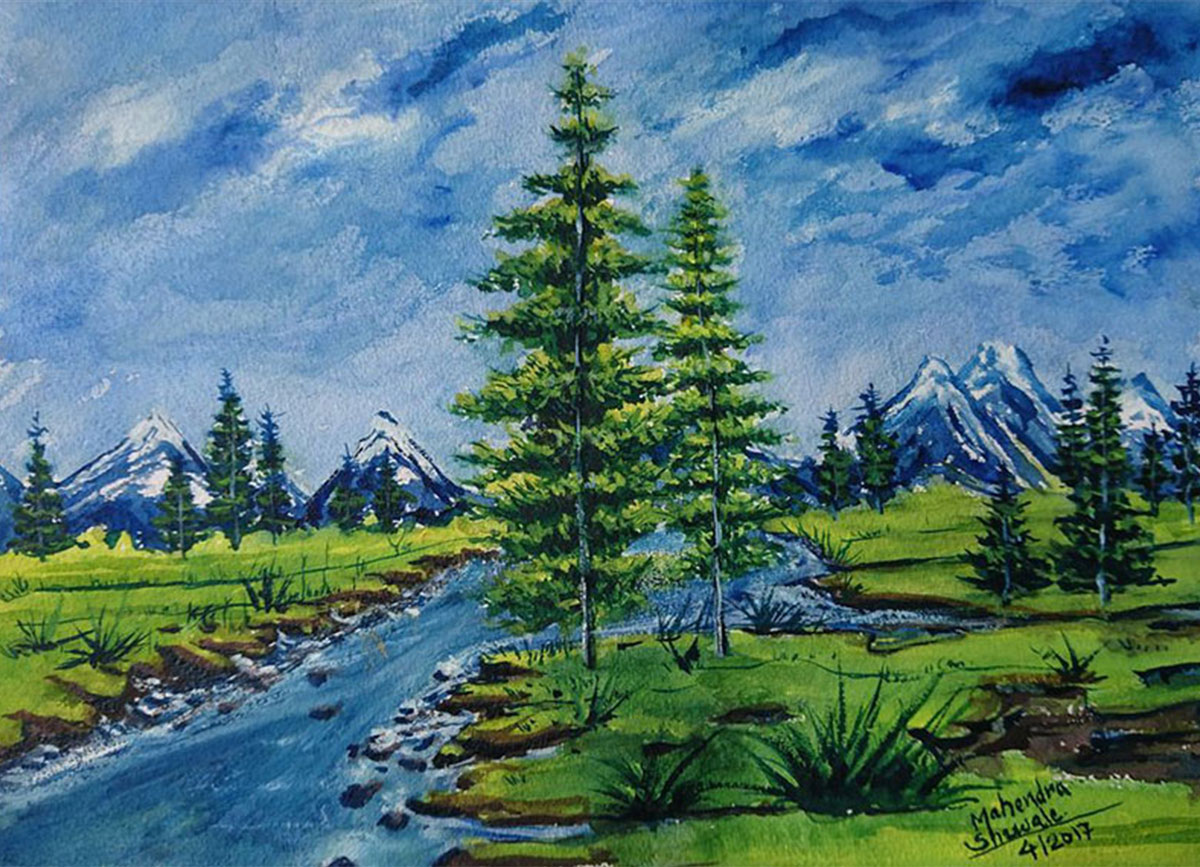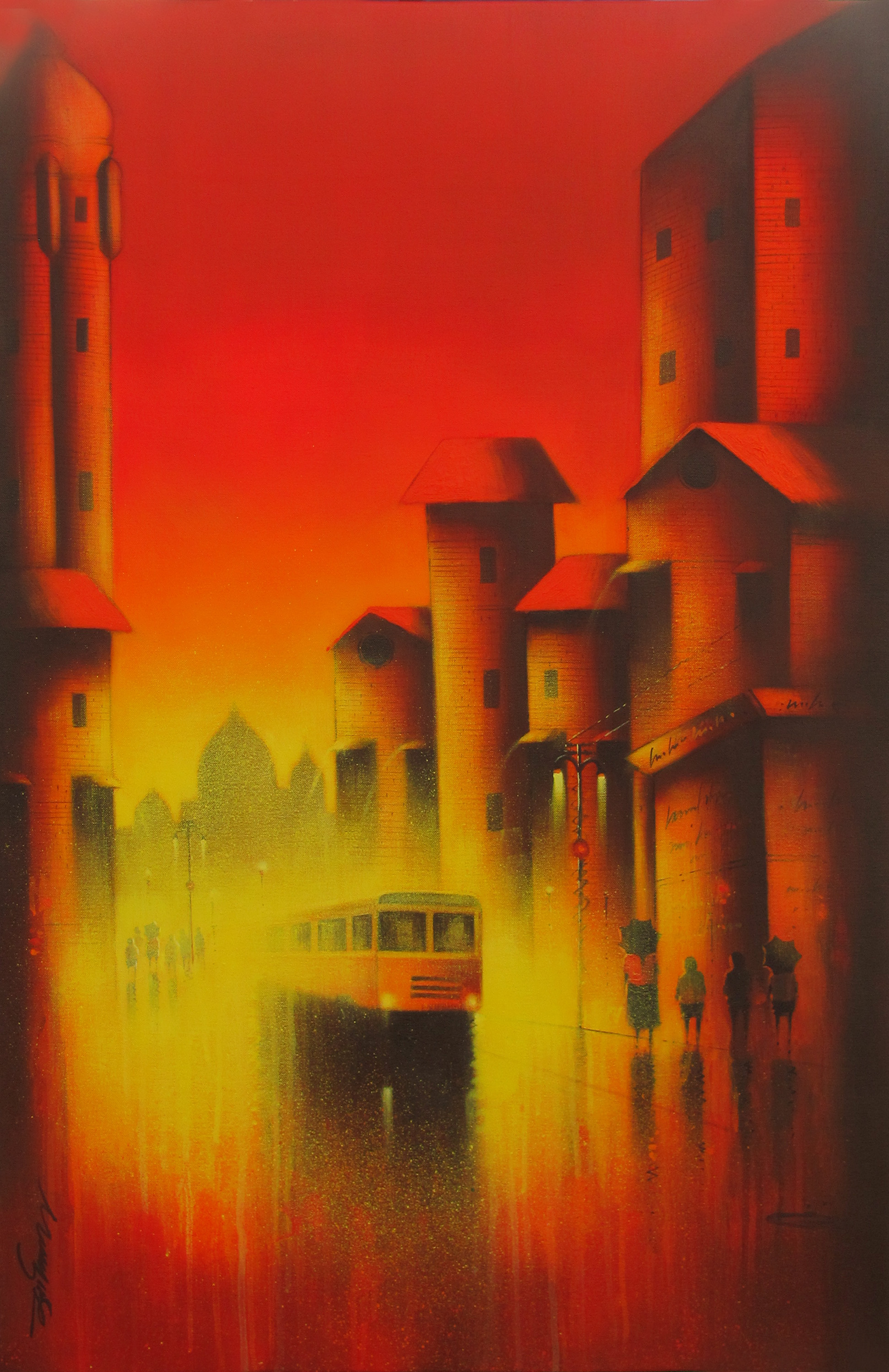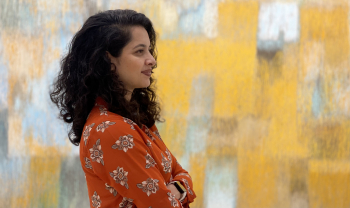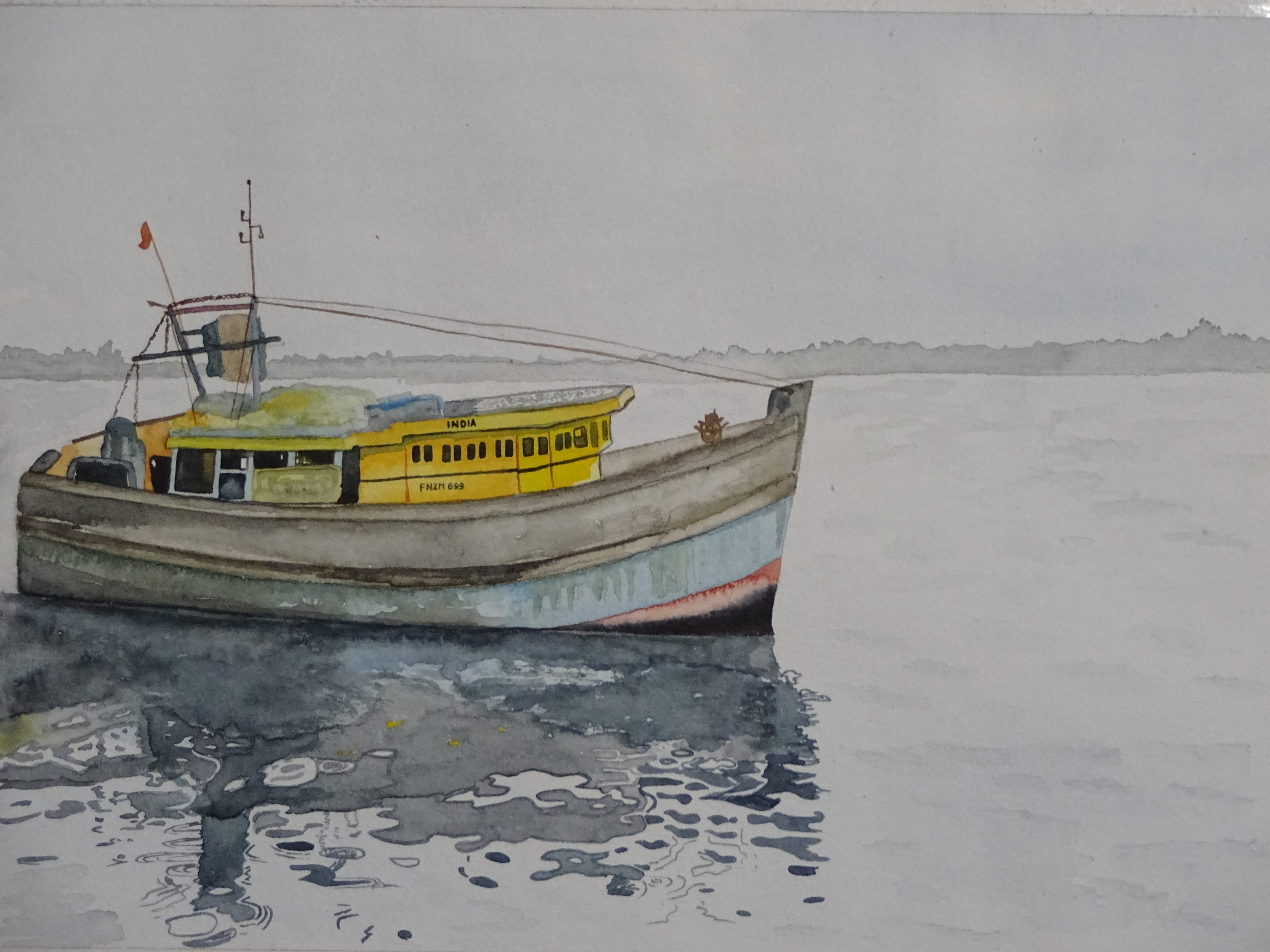
For every artist, making paintings is quite of an experience in itself. Indian painters have been painting landscapes since time unknown. Maybe, because this is the most easily available subject matter. On can find it around him or her no matter where he is. Other reason might be because such paintings are always in demand.
Nevertheless, while making a landscape painting even the experienced painters commit mistakes that spoil the beauty of their painting in a moment. Though mistakes are a part of learning, none of you would want to ruin your paintings. Would you?
So, here are some useful tips that can help you in making a landscape painting aptly in one go. Take a look.
1. Do the Value Distribution first
It is essential for a composition to create a composition with the right amount of lightness and darkness. As an artist you need to know what parts of the elements of your landscape painting should have more light. Even if there will be a certain disagreement between the lights and darks, you will sense it. Hence, we give you an instance how the light would be in different major elements of your painting during the daytime.

• Sky- It has the maximum amount of light and thus it should be presented in the lightest shape.
• Horizontal- Any flat surface in the composition should also be light as it reflects the light falling from the sky completely.
• Slanted and Diagonal- Slopes and roofs should be a little darker.
• Upright-The completely vertical elements should be shown the darkest. For example- The tree trunks.
2. The light color affects the color of every element
On a bright summer day, the sunlight is warmer and more intense. So, if you are making such a landscape, keep in mind that the sunlight would not just make everything in the landscape lighter but yellower too. On the other hand, if the light is reddish, every element in your landscape painting will have a hint of that color in it. Just mix the color of the light in every shade you pick to color the objects in your painting. Doing so will make the painting more harmonious.
3. Know how Atmospheric Perspective works-
The air between us and the far-off objects is so much that it makes them look darker and grayer due to the floating particles and humidity. On the other hand, when the objects are close to us they seem to be darker.
Don’t forget to use this knowledge of atmospheric perspective in your painting; otherwise, it will look unreal.
4. Eliminate the unnecessary elements-
It isn’t necessary to include everything that you see in your landscape painting. Decide the focal point, size of the canvas and the elements that you are going to include and exclude. The tip here would be to eliminate small unnecessary things like street signboards or buildings. Just try to make it less cluttered.
5. Simplify Busy Elements –
Many times a landscape is very beauteous but is so busy that making all of it will make the painting look really busy. The easiest way to simplify your landscape is to group shapes and eliminate some objects. Bushes and trees that look a bit wrongly placed can be moved or removed. Trash cans, buckets, and mail boxes should be removed without giving a thought.
6. Feel Free to Change the Color of Things
Though the elements should have the same color value as they have in real, sometimes you can alter them to a certain extent if you feel that editing the color will improve your painting. The focal point of your painting can be high in contrast even if it isn’t so in reality. All the other natural elements should play a secondary role. Focus on making the bright object brighter as they are the ones that attract most of the attention of the onlooker.
If you are making the landscape from a photo, use the image editing apps to see how the landscape will look if you change the color in values.
7. Differ the Greens
Just like every color has various hues, nature is full of various hues of green. So, keep making the green color lighter and darker by mixing the color of the sunlight in your landscape painting. Learn to vary the greens in color. Mix some red to make them a bit dull. You can even use gray in place of green for far-off trees.
Must Read: 6 Sure-Fire Techniques to Make your Landscape Art Pieces Finer
Just keep the aforementioned points in mind and you will surely see the difference in the quality of your landscape paintings soon.






















